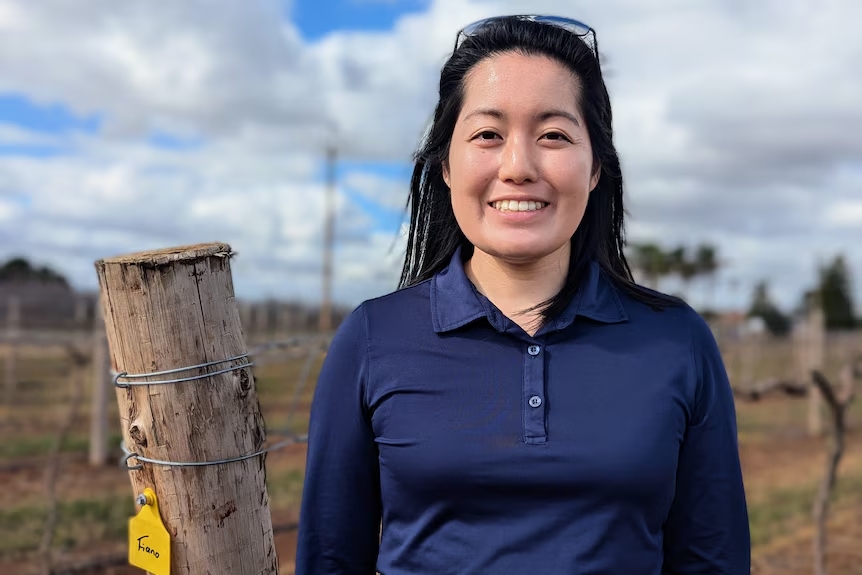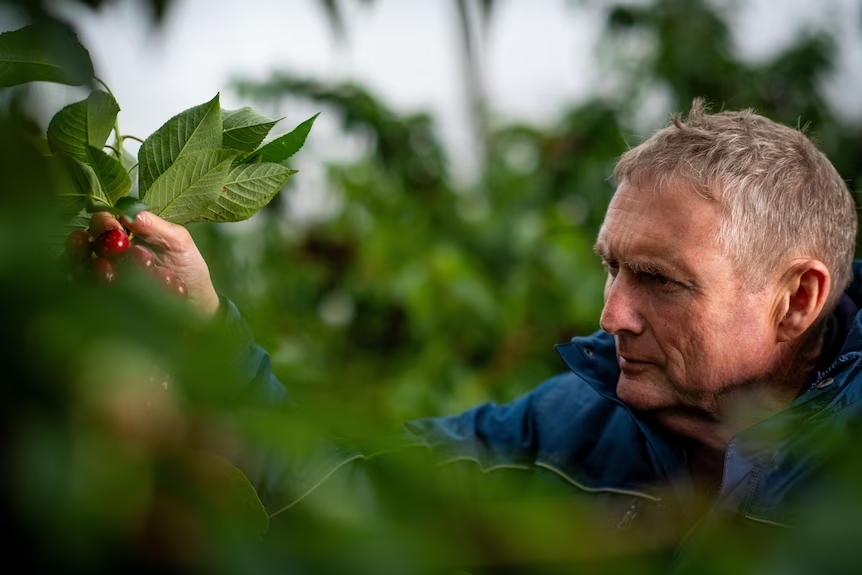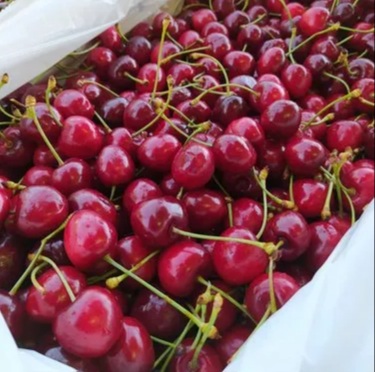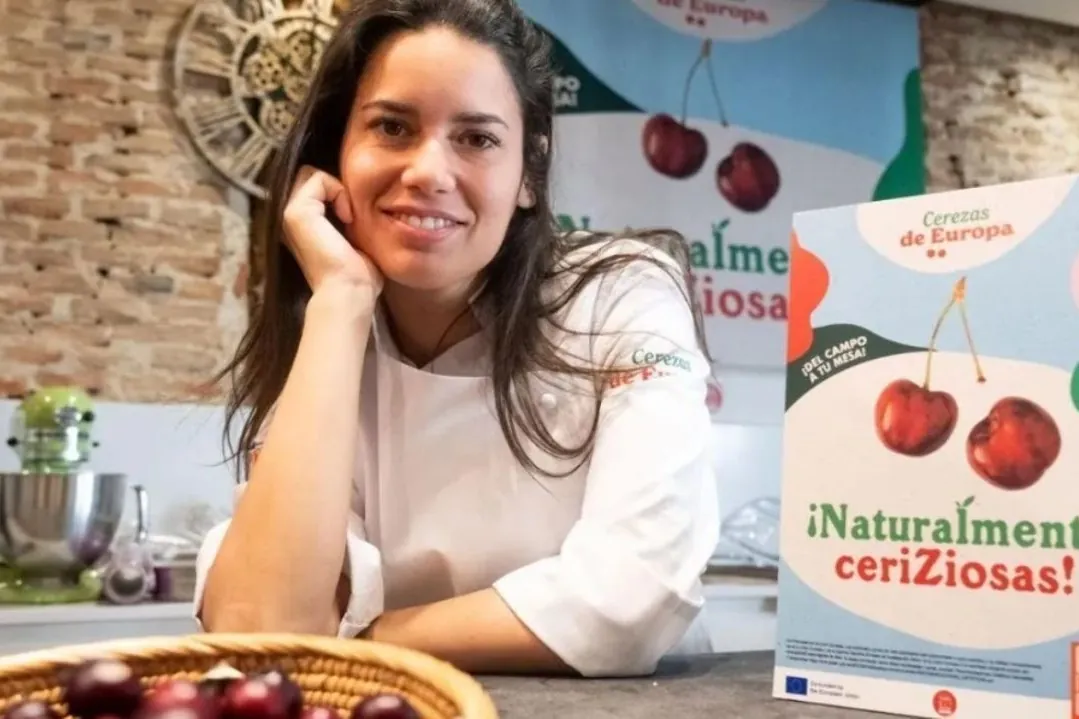Cherry cultivation is "high risk and high reward," but farmers now have access to new varieties better suited to difficult climate conditions. Australians love cherries: according to the industry body Hort Innovation, last year over 80% of the national production of 15,000 tonnes was consumed domestically.
The low-temperature varieties have been planted with the hope of increasing supply to meet the appetite of Australians and exports for these festive fruits. Developed by the international breeding company Bloom Fresh, the cherries have already been planted in Australia, Chile, South Africa, and Spain.
The technical manager for Australia and New Zealand, Arisa Hayashi, stated that the varieties are suitable for inland areas such as the Riverland of South Australia and the Sunraysia region in Victoria. "They can start the growing season earlier, once they have accumulated enough chill, and be among the first cherries to be harvested in Australia," said Hayashi.
 Image 2: Arisa Hayashi.
Image 2: Arisa Hayashi.
The traditional cherry varieties required about 800-1,000 hours of temperatures between one and five degrees, but Ms. Hayashi said the new varieties need less than half. "There is no cherry in the world that does not need refrigeration, but our varieties, like Cheery Cupid and Cheery Nebula, can require as little as 300 hours of refrigeration."
Cultivating the Season
The local season runs from October to February, with most production in the southern states of the country. Hayashi said the new varieties could also be suitable for some regions of southern Queensland. "There is a small region in Stanthorpe, which is a traditional growing area, where we are doing some climate modeling, zoning exercises, and understanding weather data to determine the potential of our varieties," she said.
Tony Hannaford, South Australia's largest cherry grower, has trialed the new varieties in his orchards in the Adelaide Hills and Riverland. Although it will take about three years before they are ready for the market, Mr. Hannaford hopes the investment will be worthwhile.
 Image 2: Tony Hannaford.
Image 2: Tony Hannaford.
Read the full article: ABC News
Images: ABC News
Cherry Times - All Rights Reserved














